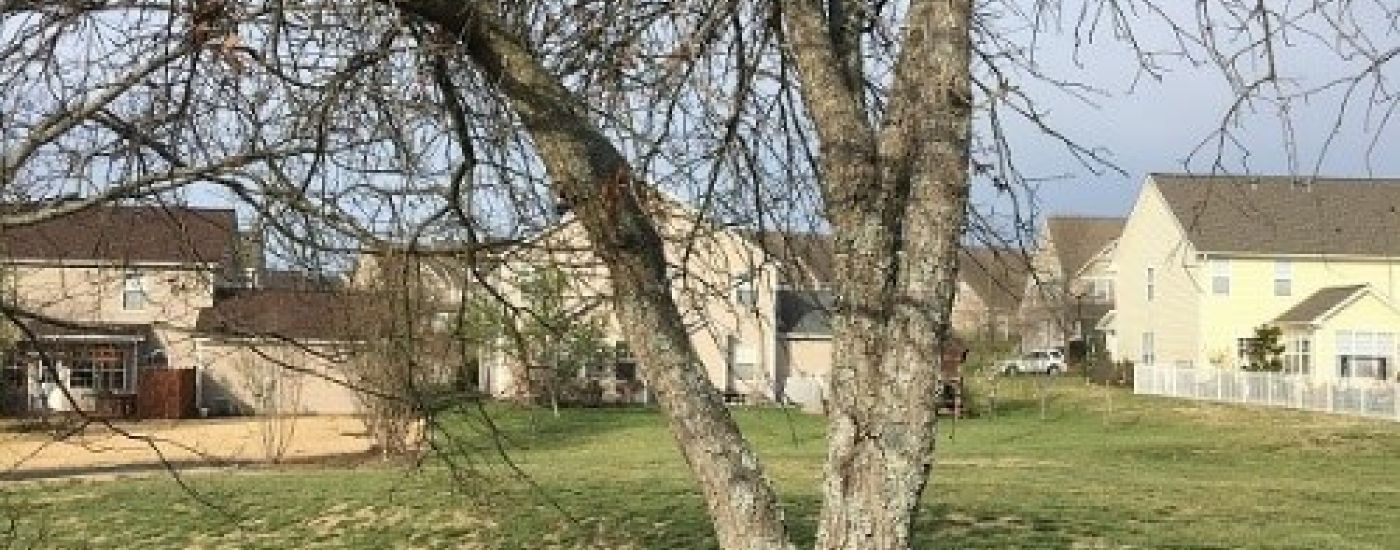Three Common Branch and Tree Removal Questions
The dormant months of late fall to late winter in the Northeast give ample opportunity for property owners to have their tree canopies inspected to determine where branch or tree removal is needed. Removing large branches and trees is very dangerous and requires special tools and skills, so homeowners often hire certified arborists and tree care professionals. Below are three of the most common questions homeowners ask about branch and tree removal.
1. How can I tell in the winter if a branch is dead or just dormant?
When examining plant health and determining whether branches are dead in the winter:
- A bud on a branch or twig is a clear indicator that a tree is alive and healthy.
- Dead branches will be lighter or darker, depending on the species. Ask a tree care service for assistance if you are unfamiliar with your tree species.
- A live branch will have a plump, full appearance with bark firmly attached to the wood. Dead branches have a shriveled look and may be without bark.
- A live branch is flexible and will remain intact when bent, while a dead branch will either break or not bend easily.
2. When is the best time for branch or tree removal?
Branch and tree removal is required anytime there is imminent danger. But otherwise, fall to late winter is the best time for branch and tree removal. A certified arborist can give you more insight into particular types of trees and best times for branch and tree removal, because with some trees, blooming occurs on new growth and with others, blooming occurs on the previous year’s growth. A tree care service can provide skilled removal of branches.
3. Do I need to dress the wound?
Dormant months, during late fall through late winter, provide the best time to prune and remove dead branches. When pruning, plant health should be your number one priority. You may notice that some species of trees, like beech, birch, maple, elm, and yellowwood, “bleed” excessively with sap when cut. Though the cut and sap may cause the tree to look unsightly, the problem is temporary and causes no harm. Tree paints and wood dressings are rarely necessary and may actually slow down the natural healing process. Make a clean cut and let the tree heal on its own.
Call Stein Tree Service for Residential and Commercial Tree Removal and Tree Care
Stein Tree Service’s Certified Arborists and tree care specialists are skilled at determining tree health. They can easily determine when branch or tree removal is necessary due to tree death or disease. We strive to provide exemplary service for our residential and commercial clients in Delaware, Pennsylvania and Maryland. For information or to book a free consultation, contact us today!
CALL US
610.723.8072
Serving DE, PA and MD
REQUEST A FREE, NO OBLIGATION CONSULTATION
FEATURED PROGRAMS
Stein Tree Earns Permit to Work in Spotted Lanternfly Quarantine Areas
Stein has a permit to work in spotted lanternfly quarantine areas in Pennsylvania and Delaware. Tree Service Companies have to be trained in proper moving and disposal of materials to avoid spread of the spotted lanternfly and Stein has completed the training courses. Learn more.
Emerald Ash Borer Inspection
In the spring, destructive emerald ash bore![]() r (EAB) adult beetles begin to emerge. These invasive pests can destroy your ash trees. Our specialists are certified to treat for EAB in Pennsylvania and Delaware. For a free consultation, contact us today.
r (EAB) adult beetles begin to emerge. These invasive pests can destroy your ash trees. Our specialists are certified to treat for EAB in Pennsylvania and Delaware. For a free consultation, contact us today.

